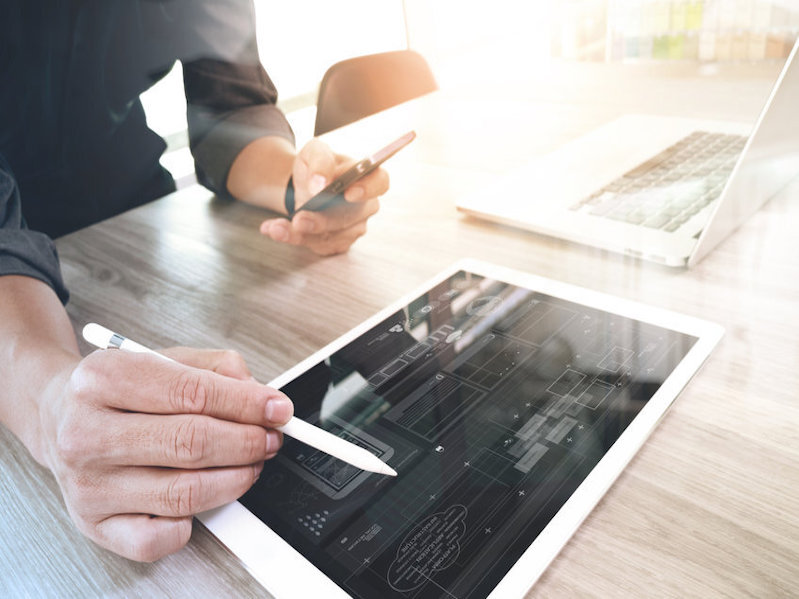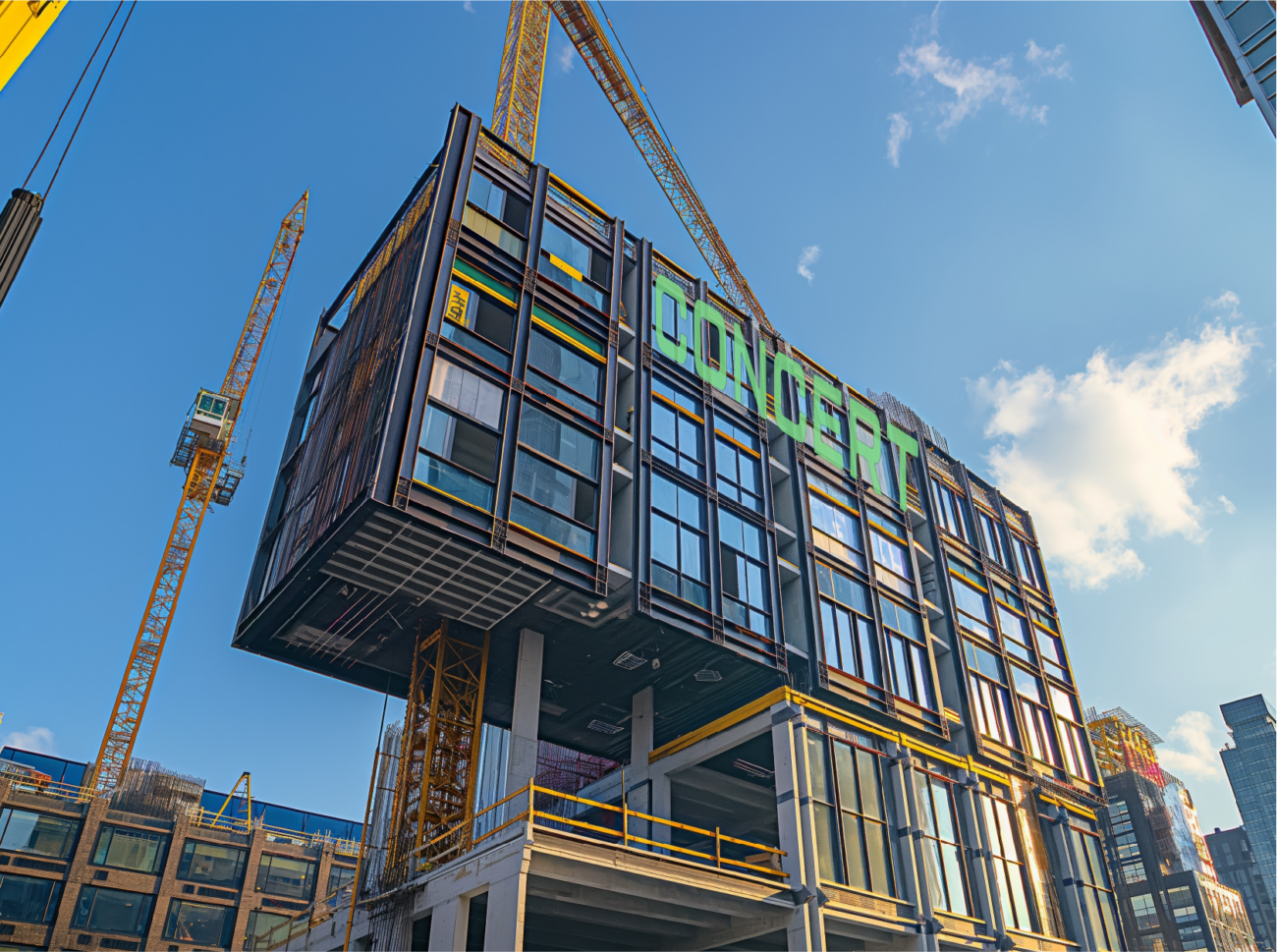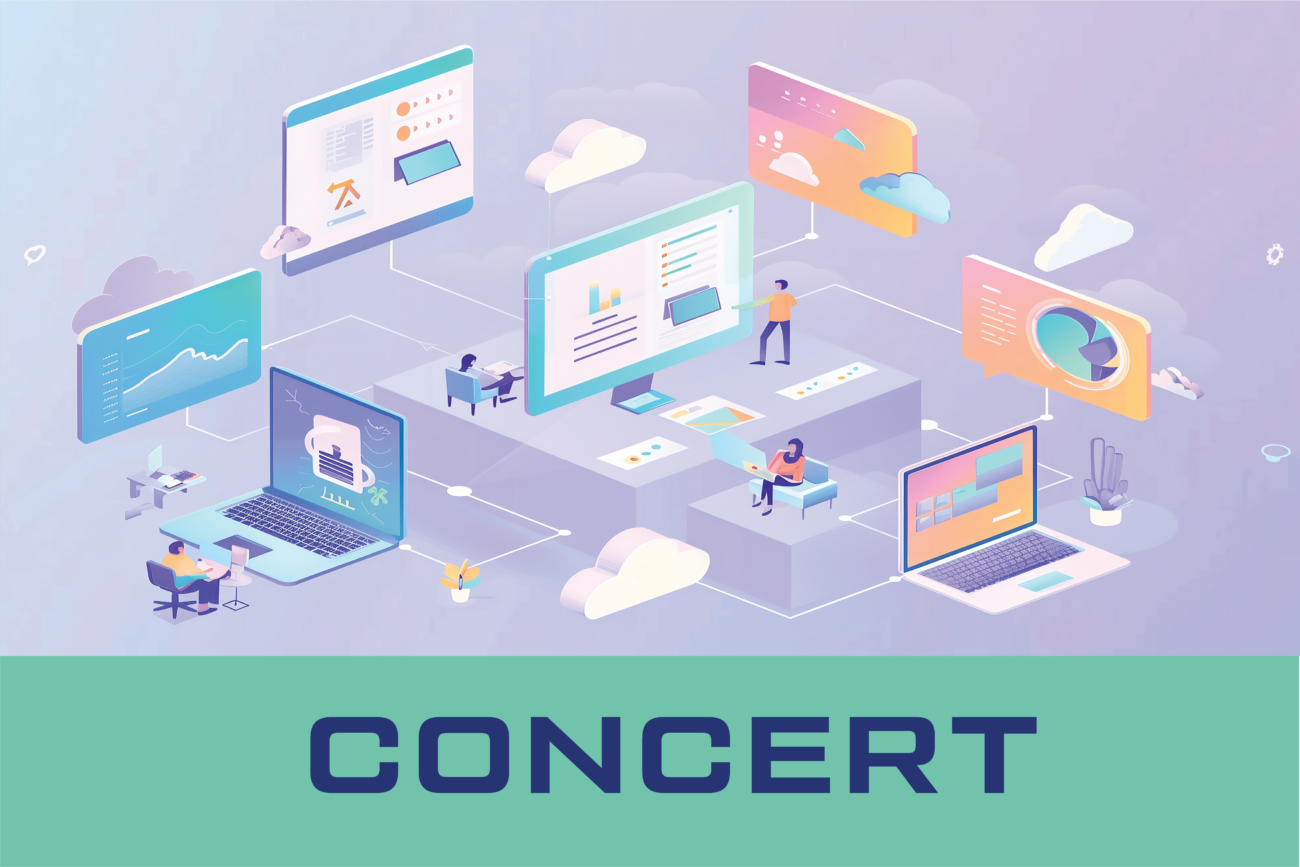The digital design revolution is here to stay! Consider the following:
- 40 years ago, digital design was restricted to the realm of large corporations with computers that filled rooms. The investment cost millions. Supercomputers were seen as the “wizards” of the future.
- 30 years ago, lower cost PCs allowed for a broader adoption, but the capabilities were rudimentary – the equivalent of drawing lines on paper.
- 25 years ago, parametric design was used to create the geometries of the Guggenheim Bilbao Museum by Gehry & Partners; it could not have been built without the use of three-dimensional modeling.
- 20 years ago, Autodesk bought a small relatively unknown startup called Revit, and introduced it as the next generation of architectural design tools, a tool built around modeling not just the forms, but also the attribute data that each component represented.
- 15 years ago, Apple released the first iPhone, with more computing power than most of the early supercomputers, and gave us access to digital design apps anywhere, anytime.
Today, digital manipulation in the design process is the norm. Parametric modeling is now commonly used in many architecture projects to create highly manipulated geometries or intricate textural patterns. Fabrication technologies have evolved to form and create building components that 10 years ago would have been unachievable.
Regardless of what you can imagine, technology facilitates every design solution. Yet the process of sharing design information remains the same as 40 years ago. It’s time for a change!
In the next 5 years, Artificial Intelligence (AI) will automate ideation, concept generation, and programmatic testing. Within 10 years, we will see significant components of the construction process automated and fabricated off site. We will see integration of the digital and physical worlds – the digital building twin will be the norm.
IOT will facilitate the transformation of the built environment into a digital platform. Monitoring and modifying in real time the way buildings perform will be part of the solution to get us to carbon neutral by 2040. Interactivity will be the expectation, even in the smallest and simplest of spaces. Much like the movie Tron, electronic and physical realities will merge into one.
We are on the cusp of the next evolution of digital systems, but we need the processes and tools to create a seamless integration of the design concept with its execution.
These predictions are not sage or significantly sentient, like many before, these are based on what we already know. We believe much more than this will happen in the same timeframe. Foundational to this digital evolution will be the ability to access clean, trusted data records of existing conditions, proposed changes, and investments moving forward.
This is exactly why Concert is the platform it is –
- We built it as a flexible foundation for delivering digital design information anywhere, anytime with confidence that the information can be trusted and verified, regardless of when or who created it.
- We designed it to be secure and to protect the intellectual property of the contributors, as much of the revolution will depend on creators sharing personal design data.
- We designed it knowing that as the market changes, so must the data environment.
- We designed it to evolve with you because you control the information, you direct it.
This is the basis of Web3 design and that is what we built into the platform.
Join us on this journey of digital delivery and help create the next generation of buildings, environments, and resources to shape the global culture and create a better, more integrated planet.





